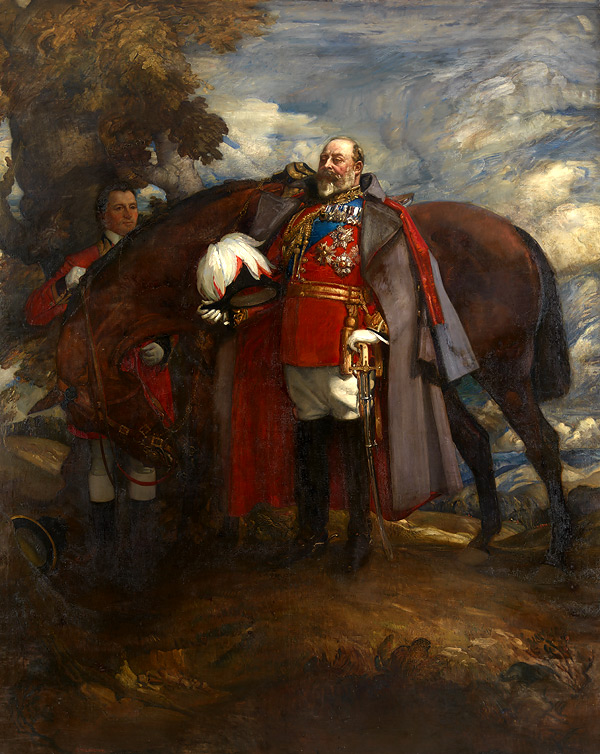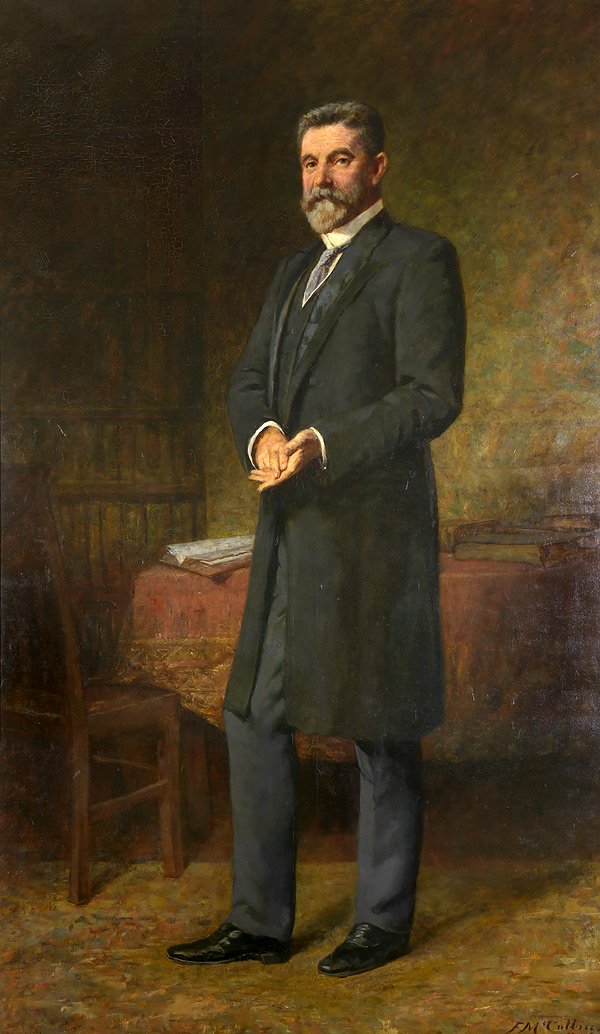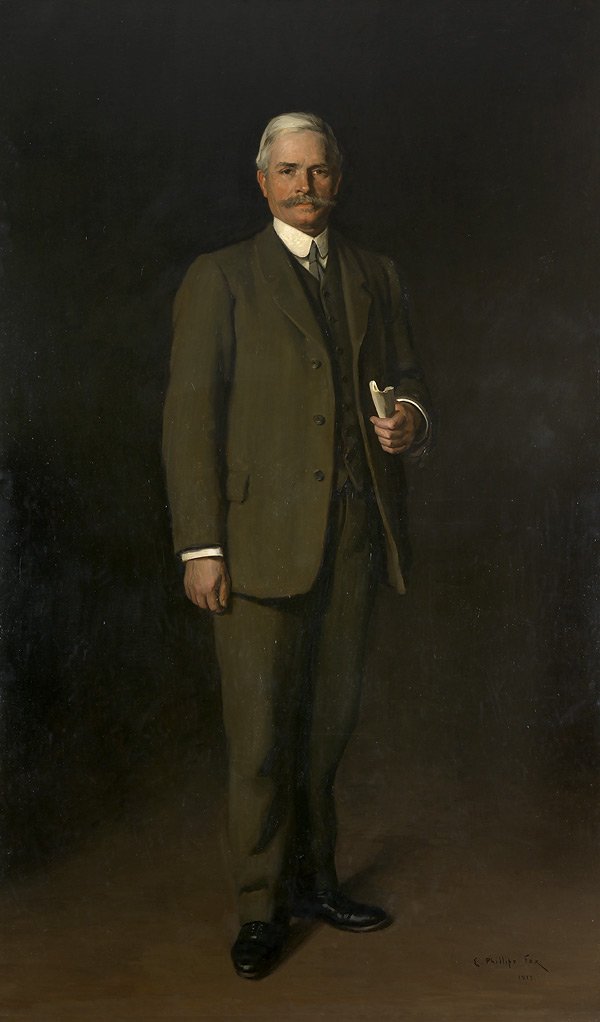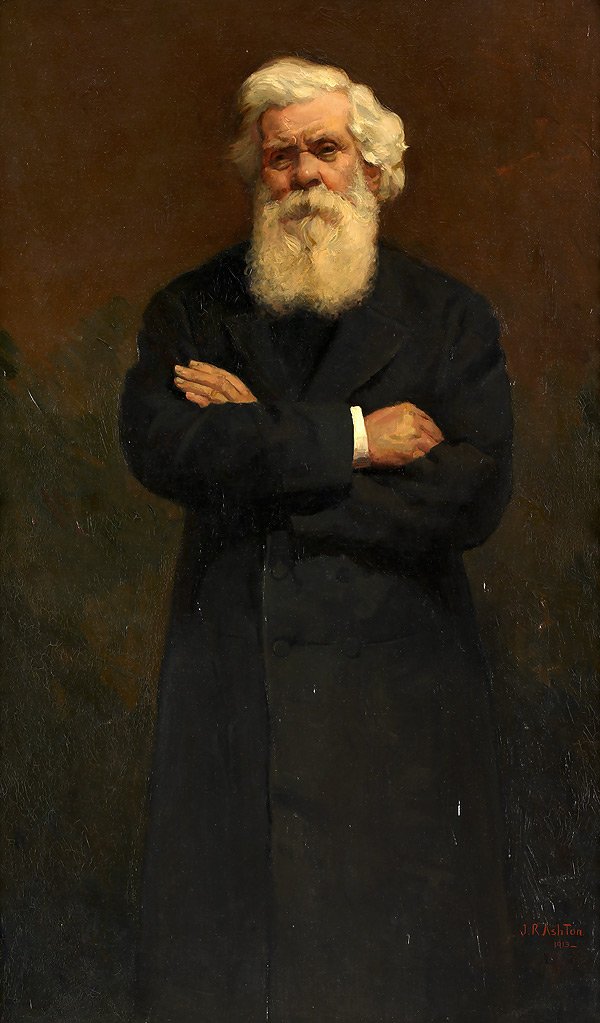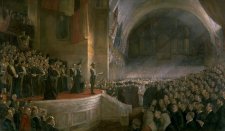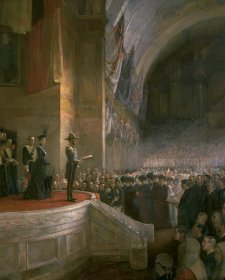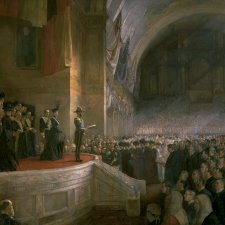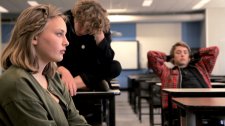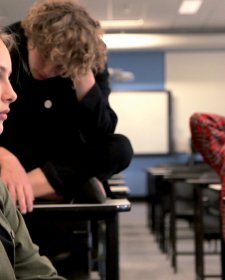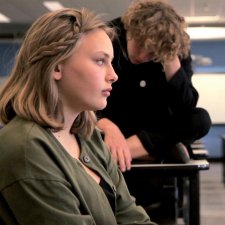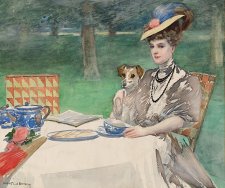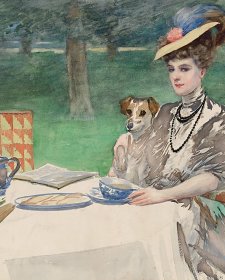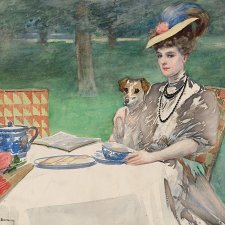A century ago Australia was still very much a new nation. Although the Federation movement was marked by dissent and the competing priorities of the separate colonies, it had arisen from a growing nationalism in the late nineteenth century. In the first decade after 1901, the topic of appropriate recognition of the people and events associated with creation of the Commonwealth was periodically discussed by the new Parliament. One advocate for some form of commemoration was artist Tom Roberts, perhaps motivated by his own efforts in creating the 1901 ‘big picture’ recording the Opening of the First Commonwealth Parliament. Roberts wrote to Alfred Deakin in March 1910, ‘let me ask you to consider the importance of acting early … and let these records be painted … to give faithful representations of the first leaders of the Commonwealth.’ Deakin sent a copy of Roberts’ letter to Prime Minister, Andrew Fisher, who told the Parliament in October 1911 that ‘the government hopes to preserve … likenesses of the prominent statesmen of Australia.’ Two months later the Historic Memorials Committee was established as a ‘committee of consultation and advice in reference to the expenditure of votes for the Historic Memorials of Representative Men’, and the government allocated 500 pounds to commence this work.
The committee consisted of the Prime Minister (as chair) as well as the President of the Senate, Speaker of the House of Representatives, Vice President of the Executive Council, Leader of the Opposition, and the Leader of the Opposition in the Senate. (The makeup of the committee is still the same in 2011). One of their early actions was to agree on a list of eminent men whose portraits should be painted, with the first portrait to be that of Sir Henry Parkes, who had died before the Constitution took effect. They also recognised a need for specialist expertise, and quickly established the Commonwealth Art Advisory Board, to provide advice on the selection of suitable artists and to assess the quality of completed portraits.
